A Hidden Gem: The Church of Santa Maria del Popolo in Rome
This post may contain affiliate links to products or services I'm happy to recommend. If you click on an affiliate link and then make a purchase, Artsy Traveler may earn a small commission at no cost to you. Thank you!
By Guest Poster Andie Easton, author of the Clued In Travel Books –
The walnut tree is the reason the Church of Santa Maria del Popolo was built.
Every Roman citizen knew about the tree and the large number of black crows–an unnatural number–that clung to its branches every day. And it was common knowledge that the tree had everything to do with the Emperor Nero.
In the Renaissance, people wondered why the crows always flocked to that particular tree. It was unnerving, especially to the merchants and officials who used the Flaminia roadway which led north out of Rome. They had to pass right by the tree because the city’s walled gate was next to it.
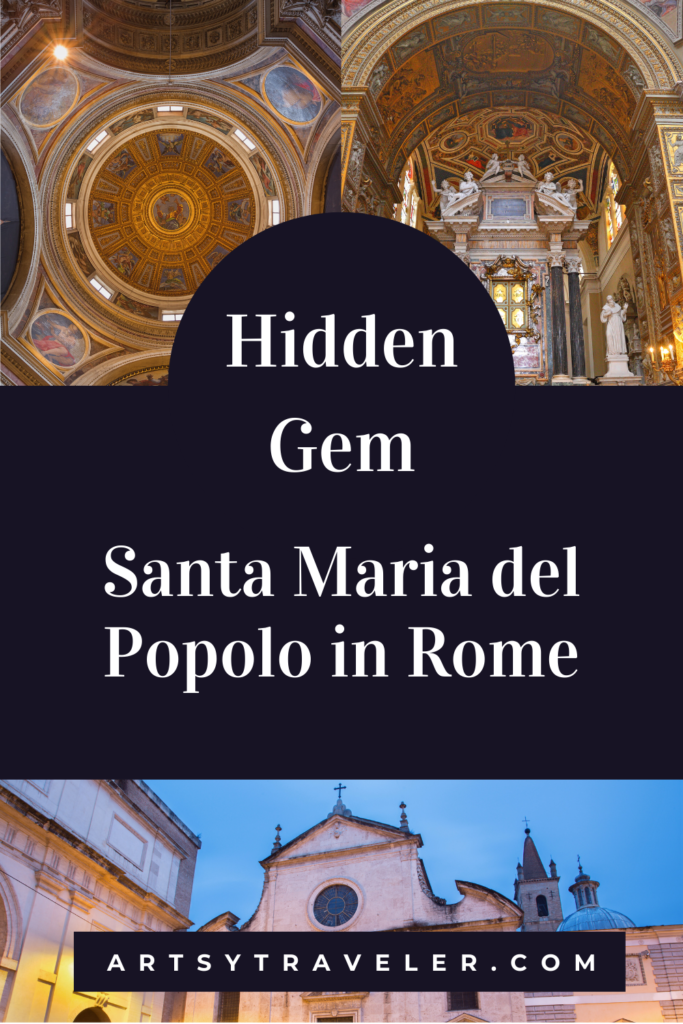
They were convinced that the shiny, black, rustling tree caused bad luck. Mishaps on their various journeys only confirmed this. They became so fearful of the evil that inhabited the area that they finally demanded the Church fathers do something about it.
Every Roman citizen knew about the tree and the large number of black crows–an unnatural number–that clung to its branches every day. And it was common knowledge that the tree had everything to do with the Emperor Nero.
In the Renaissance, people wondered why the crows always flocked to that particular tree. It was unnerving, especially to the merchants and officials who used the Flaminia roadway which led north out of Rome. They had to pass right by the tree because the city’s walled gate was next to it. They were convinced that the shiny, black, rustling tree caused bad luck. Mishaps on their various journeys only confirmed this. They became so fearful of the evil that inhabited the area that they finally demanded the Church fathers do something about it.
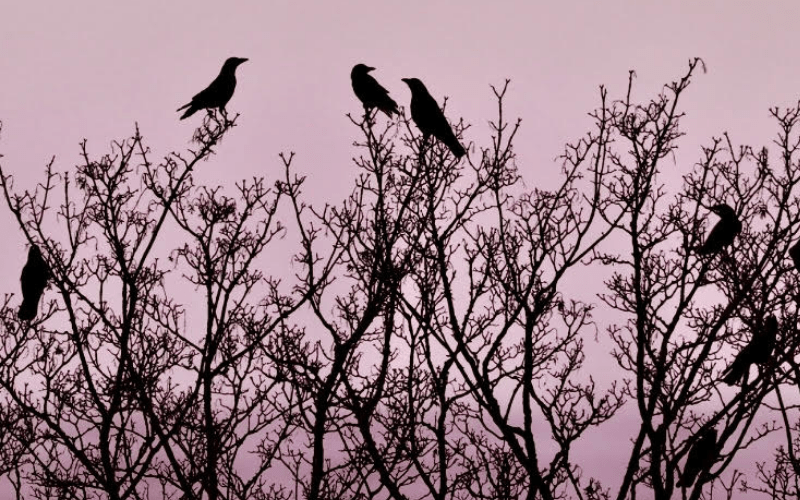
Origins of Santa Maria del Popolo
There are many reasons why the churches in Rome were built and many reasons for their chosen locations. The church of Santa Maria del Popolo is located on the site of the walnut tree that grew over the very spot where the despised Nero’s body had been unceremoniously buried some 1500 years earlier. Nero obviously now haunted the place; people had seen him there. Only a church built on that spot would calm the populace. And it needed to be made important. If the Pope recognized the church, it would become a Basilica.
The order eventually came down from Pope Paschal II. The situation had become a social scandal, and this was his official solution. Important artists must be commissioned to decorate its side chapels and ceiling. The artistic works created for it would need to spring from such important themes that even God would notice it.
For the project, the Church recruited renowned artists Caravaggio, Raphael, and Bernini, who all enjoyed fame during their lifetimes. (Well, Caravaggio was definitely known, but not necessarily for his art.) If you’re unfamiliar with these gentlemen artists of the 16th century, I must tell you that they are very famous in the art world. Legendary, even.
What’s Special about Santa Maria del Popolo
In situ is Latin for “in place” and is the term given for paintings, mosaics, frescoes, and sculptures that are still in the exact spot for which they were commissioned, for where they were designed to be. It is always special when one views something in situ, especially a major work.
And that is why I love Santa Maria del Popolo. It lays claim to two Caravaggio paintings, sculptures by Bernini, and a mosaic ceiling designed by Raphael. These creations have remained undisturbed in their precise positions. They could have easily been moved to some world-class museum or other, to bolster their daily visitation numbers and be celebrated at members-only cocktail events that the press would cover with uneducated glee. But something even more amazing happened: the works stayed where they were and as a result are almost unknown.
Location of Santa Maria del Popolo on the Piazza del Popolo
Located a bit out of the way at the north end of Piazza del Popolo, Santa Maria del Popolo sits quietly, without banners or signs. One would never know that it displays mind-boggling, priceless art. The masterpieces are not featured in any special way. You must actually go looking for them.
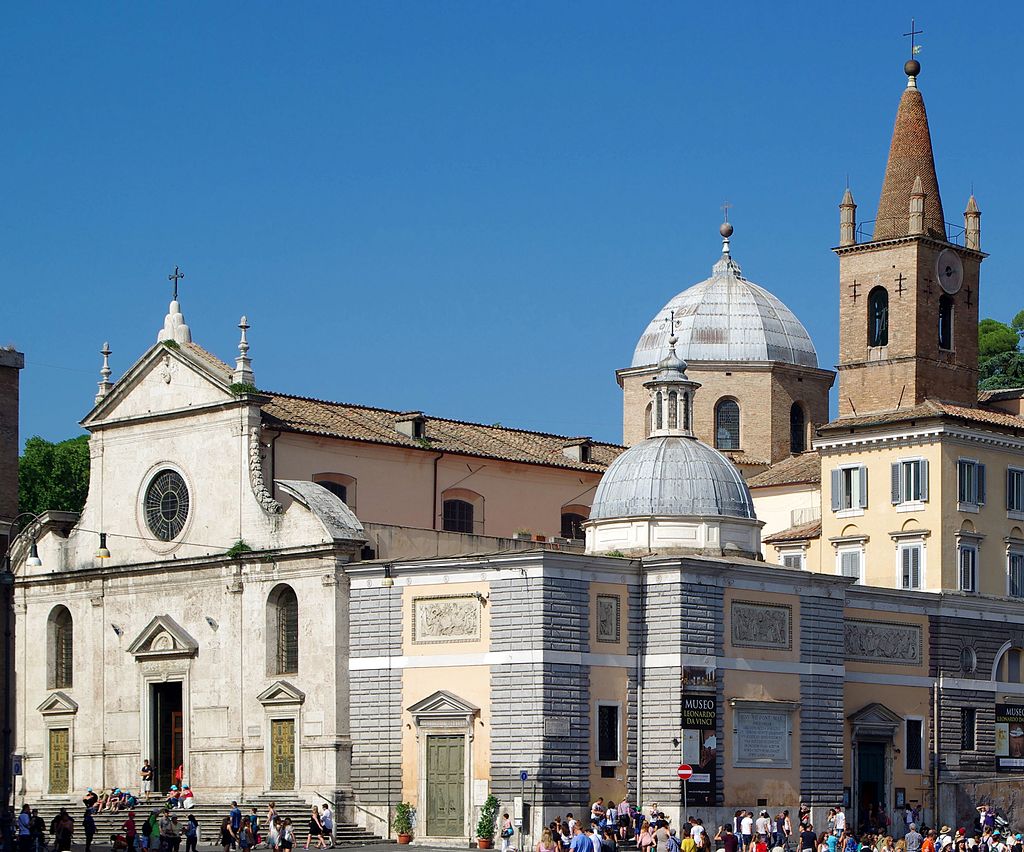
In the Chigi Chapel, you’ll find products of the genius of both Raphael and Bernini. Raphael obviously based his mosaic ceiling on the most important theme he could think of, The Creation of the World. It is so incredible that even as you are staring at it, your eyes tell you that it’s a painting, not a mosaic.
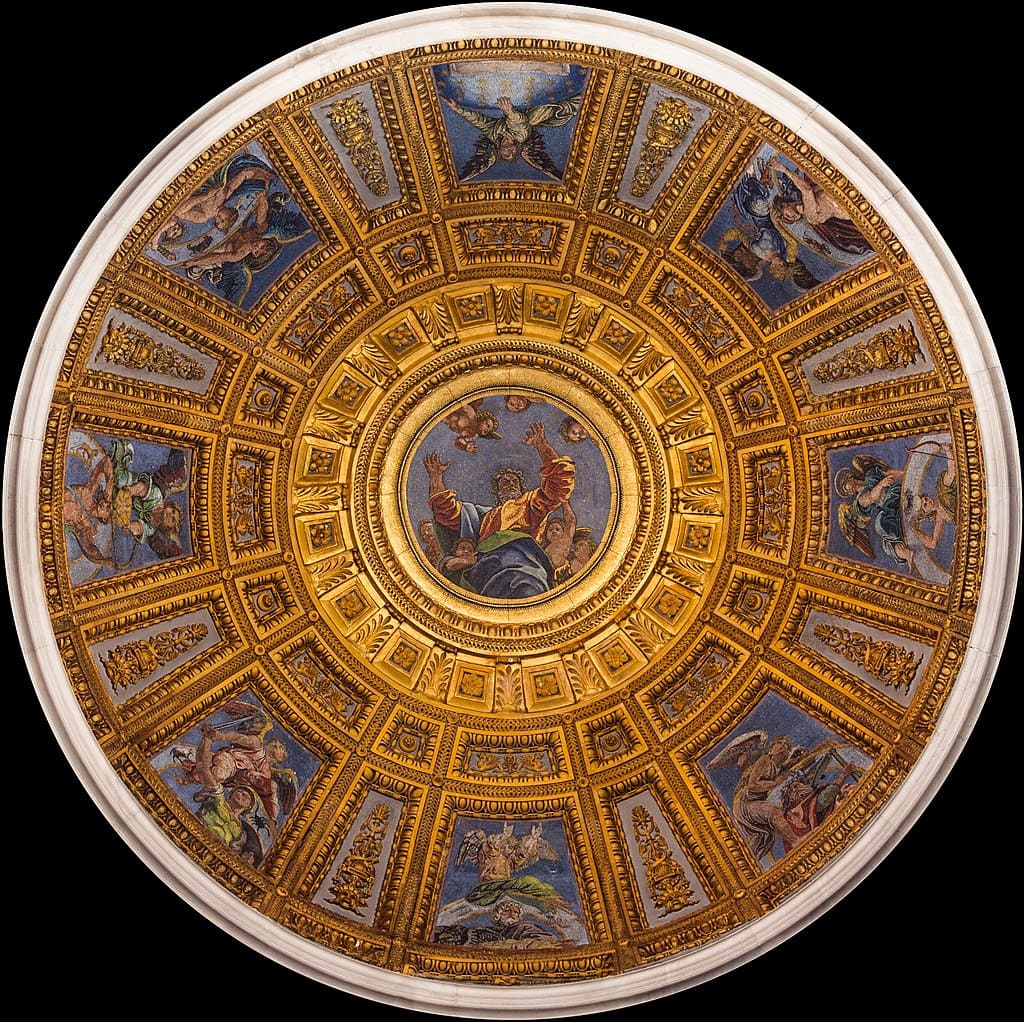
Statues by Bernini
All the amazing statues in this chapel are by Bernini. If you’re not familiar with Bernini, you’ll want to check out more of his beautiful statues, mostly notably those in the Borghese Gallery in the lovely Borghese Gardens in Rome.
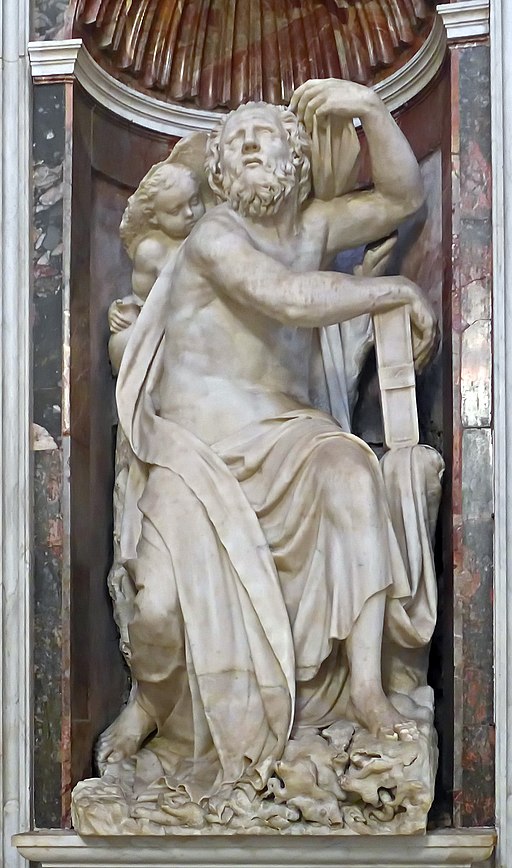
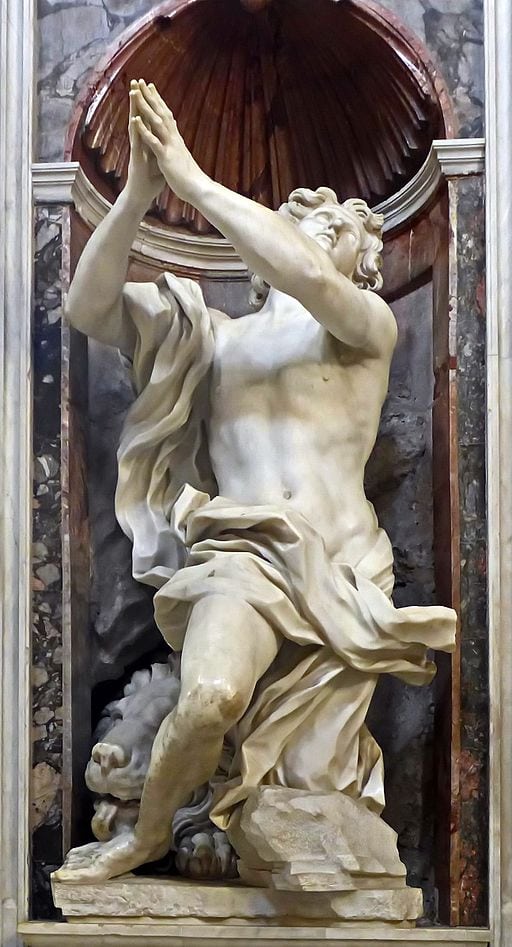
In the Cherasi chapel, you’ll find the two astounding canvas paintings by Caravaggio positioned directly opposite one another—the sensual Conversion on the Way to Damascus and the gut-wrenching Crucifixion of Saint Peter.
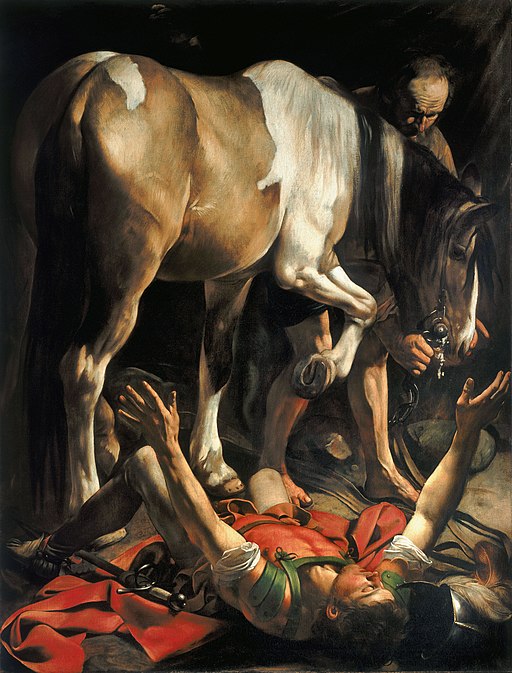
The theme of Peter (as in the apostle Peter of Vatican fame) being crucified upside down in Rome as the Bible describes is not a theme that many artists favor. Perhaps that’s because it is simply too horrific. Caravaggio was not afraid of much, it appears, and clearly threw caution to the wind.
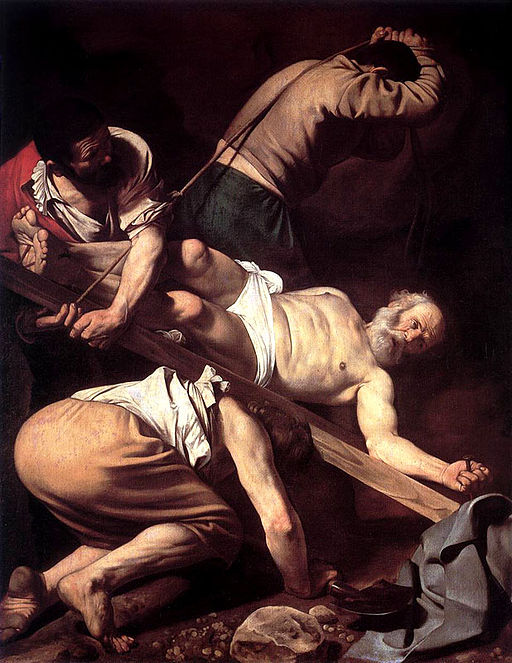
Visiting Santa Maria del Popolo
You’ll be surprised at the lack of visitors inside the Basilica; you may well be the only one. The reason is simply that most people don’t know about the place or what makes it special, even after being featured in Dan Brown’s Angels and Demons.
The Church of Santa Maria del Popolo is located at 12 Piazza del Popolo, next to the north stone gate and is free to enter. It’s open daily with sporadic hours; check their website for the days of your visit: rome.net/santa-maria-del-popolo. Avoid visiting on a Sunday during Holy Mass because you won’t be allowed to freely wander. Phone: Intl. calling: (011) 39-06-631-0836 / Local calling: 06-631-0836
Happy travels,
Andie Easton
Read about Andie Easton and her wonderful series of books!
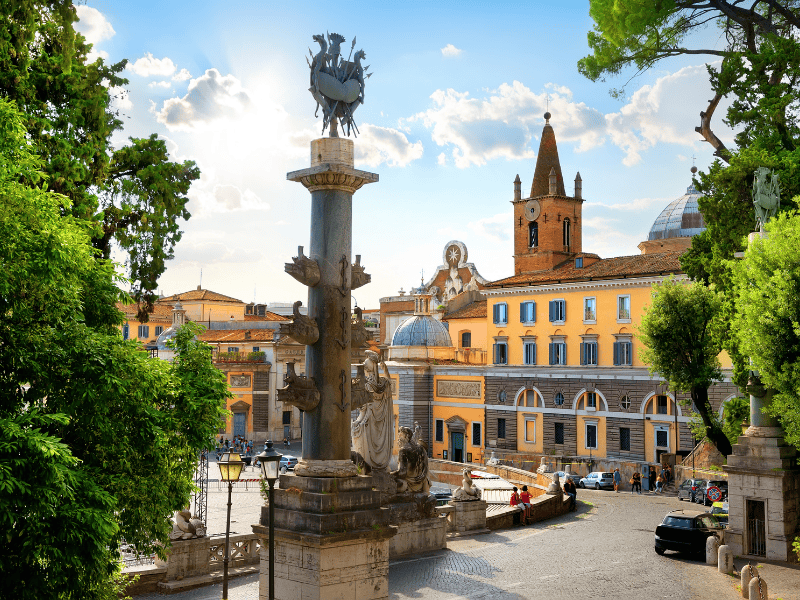
[…] Hidden Gem: Santa Maria del Popolo in Rome by Andie Easton […]
[…] Hidden Gem: Santa Maria del Popolo in Rome by Andie Easton […]